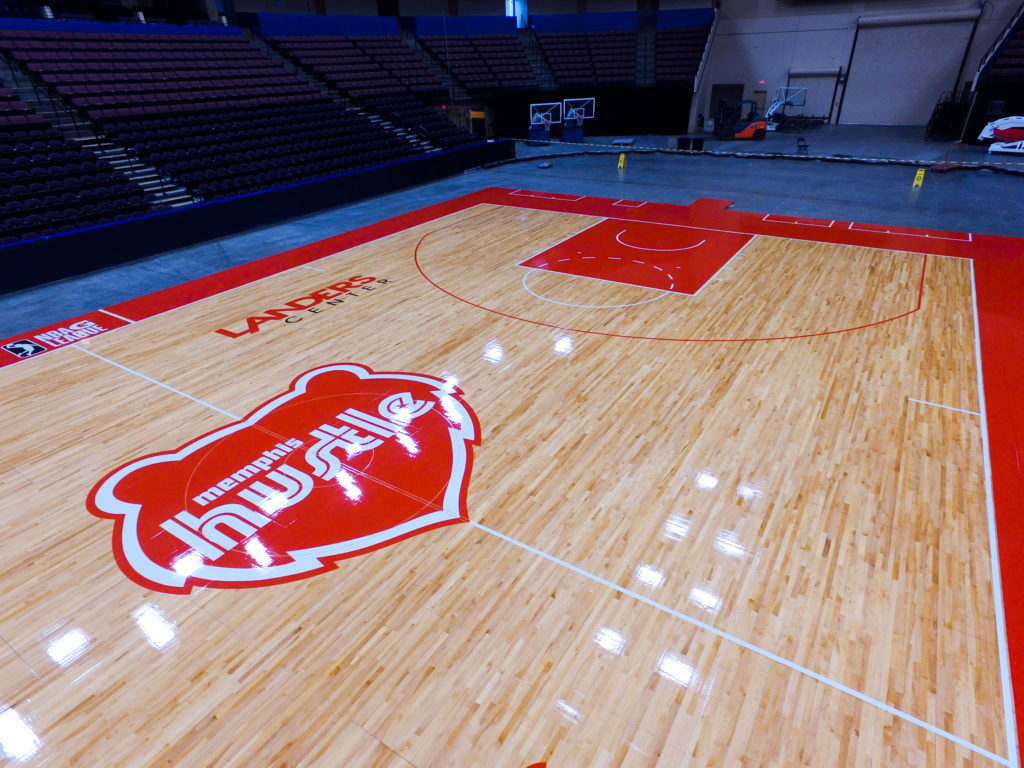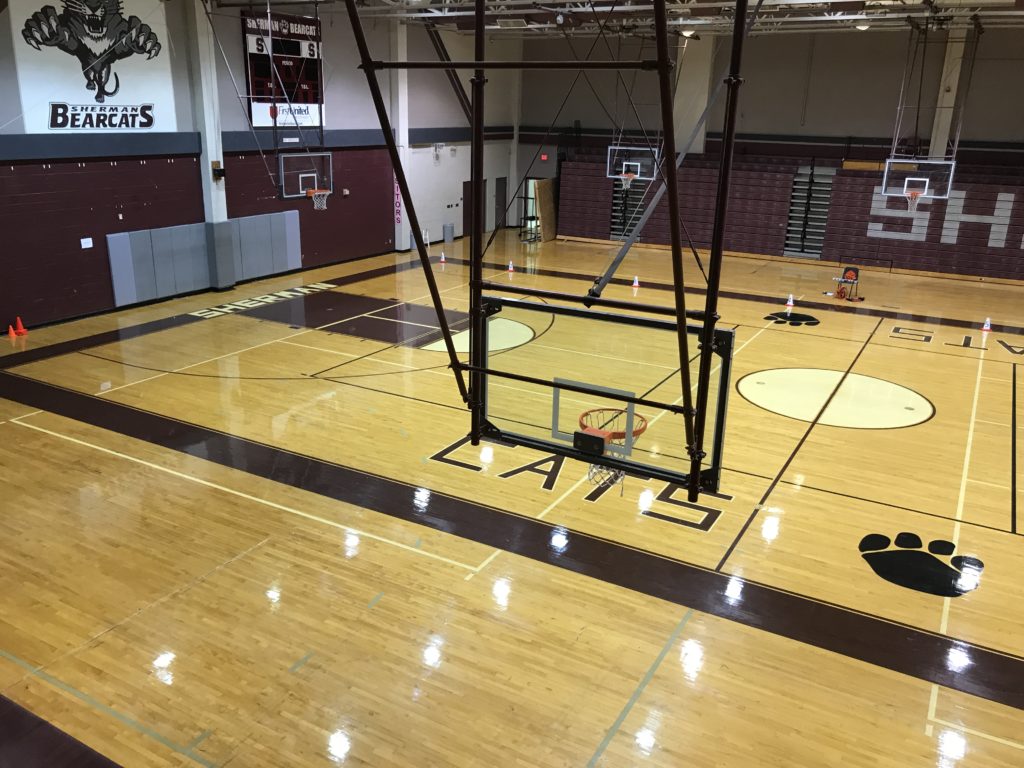Today’s sports world is fraught with turnover. To accurately calculate the cost of your sports surface over its life cycle depends on a combination of factors, including investments in installation and maintenance.
At Sports Floors, we know that it’s hard to find a college basketball coach who stays loyal to their program when faced with bigger offers, or a star athlete who sticks around for his senior season, if only for one more chance to lead his team to postseason glory. The floors on which these individuals compete often have far greater staying power, and rightly so. After all, what athletic facility operator would want to deal with the hassle of installing a hardwood gymnasium floor or a synthetic multipurpose surface every few years? Accurately calculating a sport surface’s lifecycle cost thus becomes an important part of the product-selection process. We know the question on the minds of operators of all types of sports and recreation facilities— from professional arenas to college field houses to community centers— is: “How much is this thing going to cost me in the long run?”
The answer can depend on a number of factors, including installation costs, routine and periodic maintenance requirements, expected life span, and the cost of refurbishment or replacement. Although routine maintenance needs are fairly standard across the board— virtually all surfaces need to be dust mopped daily. Other cost factors can vary depending on the type of surface:
Installation Costs
Wood floors have a bit of a higher installation cost than synthetic sports surfaces, but the mere image of gleaming hardwood courts can factor significantly into most any facility operator’s purchasing decision. All things considered, conventional wisdom holds that if an organization has the money up front, you likely are going to want to choose wood.
The installation costs for synthetic surfaces can vary greatly. The variables are the size of the job and the market.
Maintenance
A floor’s specified purpose— or in some cases, purposes— will dictate its maintenance needs. On a wood floor, you have to mindful of wearing the right athletic shoes on to prevent scuff marks. On a synthetic floor, you can have 300-pound guys in loafers playing volleyball.
No one can deny the versatility of synthetic flooring. But its ability to accommodate a variety of activities, athletic and non-athletic, comes with a price. You do not have to baby synthetic floors as much as wood, but it is still a floor. Some facility operators might believe their synthetic floors are maintenance-free.
Maintenance is the one line item most often disregarded by facility operators, especially those at institutions with limited budgets, such as public schools and churches. They can come up with the money to do the building and install the surface, but then they will not have enough money to maintain it. One thing Sports Floors recommends is the use of approved hardwood gym floor cleaners and proper equipment. A mop just moves the dirt around on the floor. Walk-off mats are also budget-friendly floor preservers. They get the sand and stones off shoes, and they are not expensive.

For most synthetic floors you may use an autoscrubber. That means scrubbing weekly or biweekly with a manufacturer-specified cleaning product, although certain neutral cleaners will also do the job. These floors should be scrubbed with a non-alkaline cleaning product, either immediately after non-athletic activities— if held periodically— or quarterly. You should also factor the cost of biweekly and quarterly maintenance into your annual budget.
Because wood is porous and naturally absorbs and releases moisture, it demands an additional measure of care. You should never use an auto scrubber on a wood gym floor!! Spills and moisture on wood floors need to be immediately wiped up, heel marks removed, and the HVAC system carefully monitored. Sports Floors recommends maintaining an indoor relative humidity between 35 percent and 50 percent year-round. Annual screening and recoating also needs to be done.
Life Expectancy
Sports Floors stands by the industry life expectancy standard of 40-60 years for maple sports floors. The longevity of prefinished, engineered wood floors, rivals traditional hardwood surfaces. It is the same type of product that you see more now in residential applications. The residential floors’ finishes are purported to be low-maintenance and long-lasting.
Synthetic sports surfaces can last anywhere from 10 to 30 years. Facility operators should get 10 to 15 years of service from their urethane floors. Rubber floors typically come with a 10-year wear warranty, but it is not unheard of for a rubber surface to also outlast its warranty. PVC sheet goods sports floors have a life expectancy of 25 to 30 years, if properly maintained.
Refurbishment/Replacement
Roughly once every 7-10 years, a maple sports floor will need to be sanded. This involves stripping the floor down to bare wood, and adding new game lines and logos before seal and finish.
Polyurethane spray coatings can extend the life of urethane floors by five to 10 years, but so can a little common sense. In multicourt facilities, we recommend rotating open courts to reduce the amount of wear to the key areas of a basketball court. People usually go into a field house and shoot at the first basket they come to. Invariably, though, high-use areas of a urethane surface such as the keys will eventually show wear, often much sooner than other areas. For this reason Sports Floors recommends recoating worn areas with polyurethane spray every 10 years.
PVC sheet goods floors, meanwhile, will need to have their game lines repainted every eight to 12 years.

Refurbishment is where the cost differential occurs between various types of synthetic floors.
Though the future performance of a sports surface may be uncertain, most any facility operator will be able to clearly recall its past undertakings. Sports Floors recommends that facility operators reevaluate the overall quality of their surface after a period of years, whether it has been refurbished or not. When discussing the lifecycle cost of sports flooring, the process should go beyond dollars and cents to consider the durability of the floor’s sports characteristics after 15 years. Call Sports Floors today with any and all your questions about the right type of floor for you!
